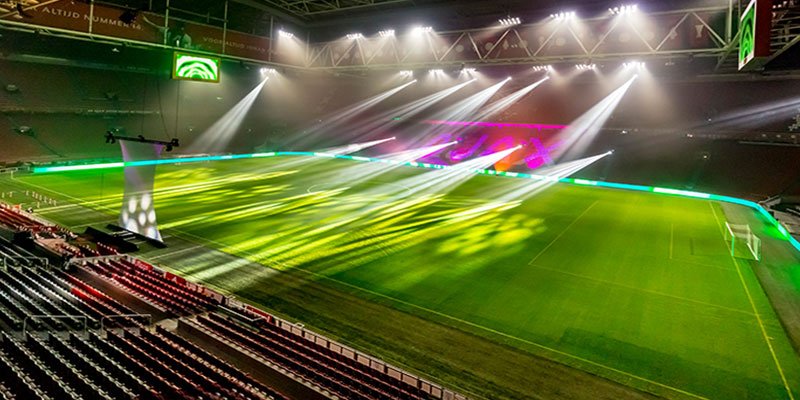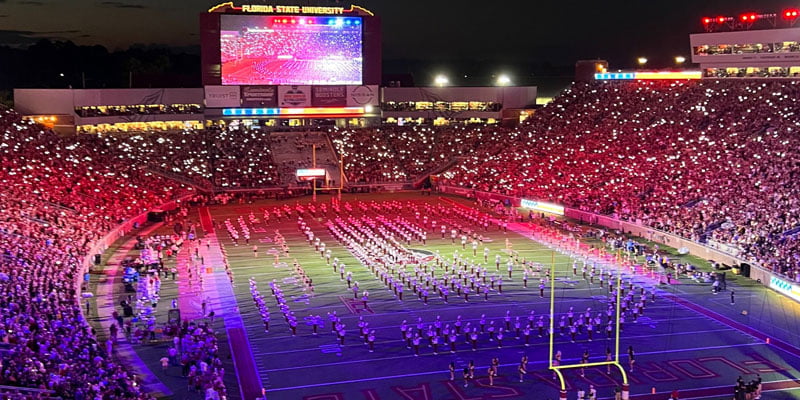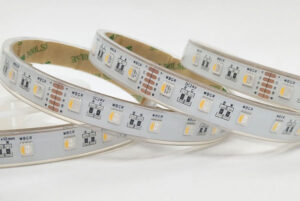Stadium lights that use WRGB technology are a type of LED lighting that incorporates four colors of LED chips: white, red, green, and blue. The WRGB system is designed to produce a wider range of colors and achieve more accurate color rendering than traditional RGB systems, which use only three colors (red, green, and blue).
WRGB technology has several advantages for stadium lighting applications. First, the wider range of colors and improved color rendering can enhance the viewing experience for spectators, making it easier to see the action and increasing the sense of immersion. Second, WRGB technology can help to reduce energy consumption and operating costs, as it requires less power to achieve the same level of brightness as traditional RGB systems.

In addition, WRGB technology can be used to create dynamic lighting effects, such as color-changing light shows, which can add to the entertainment value of the stadium. This is particularly useful for concerts, halftime shows, and other events where lighting can play a significant role in the overall experience.
However, there are also some challenges associated with WRGB technology for stadium lighting. One challenge is the complexity of the system, which requires careful calibration to ensure that the colors are balanced and accurate. This can be particularly challenging in large-scale installations, where multiple fixtures must be coordinated to achieve the desired effect.

Another challenge is the cost of the technology, which can be higher than traditional RGB systems. This is due in part to the need for multiple LED chips and more complex control systems. However, as the technology continues to develop and become more widely adopted, the cost is likely to come down.
Overall, WRGB technology has the potential to transform the way that stadium lighting is designed and implemented. By providing a wider range of colors, better color rendering, and dynamic lighting effects, WRGB technology can enhance the viewing experience for spectators and create new opportunities for entertainment and engagement. As LED technology continues to evolve and become more efficient, we can expect to see even more advances in WRGB technology for stadium lighting.





